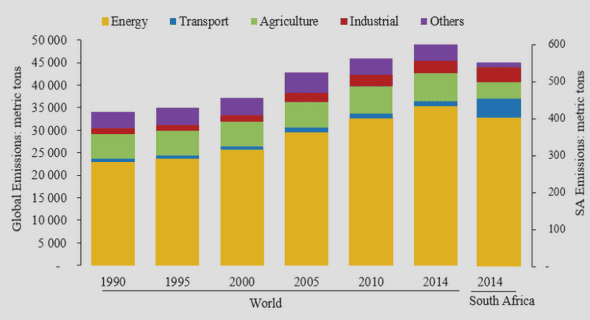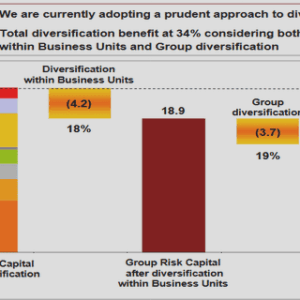(Downloads - 0)
For more info about our services contact : help@bestpfe.com
Table of contents
Chapter 1. Introduction
1.1 Flood risk and urban areas
1.2 Modelling floods in urban areas
1.2.1 Aim of modelling and consequences on the choice of models
1.2.2 General principles of urban flood modelling
1.2.3 Friction Parameterization
1.2.4 Coupling of several flow types
1.2.5 Model validation
1.3 Thesis objectives and manuscript outline
Part I. Influence of obstacles and sidewalks on 3 branch bifurcation flows
Chapter 2. Experimental study on the LMFA urban crossroad model
2.1 Preliminary description of the physical processes expected in the experiments
2.1.1 Dividing flow in a 3 branch junction
2.1.2 Flow around obstacles
2.2 Experimental facility and measuring devices
2.3 Choice of flows, obstacles and sidewalks configurations
2.3.1 Dimensional analysis
2.3.2 Obstacles and sidewalks configurations
2.3.3 Methodology and measurements
2.4 Results
2.4.1 Influence of single obstacles
2.4.2 Influence of double obstacles
2.4.3 Influence of sidewalks
Conclusion
Chapter 3. Numerical simulations of experimental crossroad flows
3.1 Review of numerical simulations on dividing flows and flows around obstacle
3.1.1 Dividing flows
3.1.2 Flows around obstacles
3.2 Numerical model
3.2.1 Equations
3.2.2 Numerical scheme
3.2.3 Parameters
3.3 Modelling of initial flows
3.3.1 Validation on branch flow discharge
3.3.2 Validation on water depths
3.3.3 Validation on velocity field
3.3.4 Prediction of the different flow structures
3.4 Modelling of flows with obstacles
3.4.1 Global validation on branch flow discharge and upstream water depth evolutions
3.4.2 Detailed analysis of simulation results
3.5 Modelling of flows with sidewalks
3.5.1 Parameters of the different numerical simulations
3.5.2 Results
Conclusion
Part II. Interactions between street flows and underground pipe flows
Chapter 4. Experimental study on the DPRI urban drainage model
4.1 Introduction
4.2 Literature review of exchange flows studies
4.2.1 General considerations
4.2.2 Exchanges characterization
4.2.3 Implementation of the exchange discharge calculation in urban drainage models
4.3 Experimental measurements on the urban drainage model
4.3.1 Presentation of the experimental facility
4.3.2 Measurement devices
4.3.3 Flow measurements
4.3.4 Street topography measurements
4.3.5 Use of the experimental data
4.4 Description of experimental flows
4.4.1 Street flows
4.4.2 Pipe flows
4.4.3 Exchange flows
4.5 Exchanges analysis
4.5.1 Development of an exchange model
4.5.2 Validation of the exchange model
4.5.3 Analysis of the exchange model results
4.6 Extrapolation to real-scale urban drainage systems
4.6.1 Studied exchange structures
4.6.2 Exchange model
4.6.3 Reference results
4.6.4 Sensitivity analysis
Chapter 5. Numerical simulations of the urban drainage model experimental flows
5.1 Model set-up
5.1.1 Street flow model
5.1.2 Pipe flow model
5.1.3 Exchange model
5.2 Reference simulations
5.2.1 Steady flows
5.2.2 Unsteady flows
5.3 Influence of the surface topography
5.3.1 Definition of different surface model topographies
5.3.2 Steady flow simulations
5.3.3 Unsteady flow simulations
Conclusion
Part III. Modelling of floods in Oullins
Chapter 6. Surface flows modelling during floods in Oullins
6.1 Presentation of the study case and modelling objectives
6.1.1 The Yzeron River
6.1.2 Recent flood events
6.1.3 Analysis of recorded maximum water levels during past floods
6.1.4 Modelling objectives
6.2 Numerical model set-up
6.2.1 Topographical data processing and mesh generation
6.2.2 Structural elements
6.2.3 Friction
6.2.4 Boundary conditions
6.3 Study of the 2008 flood
6.3.1 Analysis of the reference simulation results
6.3.2 Comparison with the measured flood marks and river water levels
6.3.3 Comparison of simulations
6.3.4 Analysis of the flow in the central crossroad
6.4 Validation on other past floods
6.4.1 Simulation of the 2003 flood
6.4.2 Simulation of the 2005 flood
6.4.3 Simulation of the 2009 flood
Chapter 7. Interactions between surface flows and underground pipe flows in Oullins
7.1 Description of the sewer system
7.1.1 Pipe network
7.1.2 Exchange points with surface flows
7.2 Numerical model set-up
7.2.1 Underground drainage pipes and exchange points
7.2.2 Street/Sewer exchange modelling
7.2.3 Definition of flow hydrographs
7.3 Numerical simulations
7.3.1 Integration of street inlets in the surface flows simulations
7.3.2 Coupled modelling of interactions between surface and pipe flows
General conclusion and perspectives
General conclusion
Integration of structural elements in urban flood models
Exchange models between streets and drainage pipes
On the need of considering detailed streets topography into numerical models
A few lessons from the modelling of floods in Oullins
Perspectives
Additional physical processes
Data acquisition and pre-processing
Use of simplified numerical models
References




